The training is taking place at Morris Air National Guard Base in Tucson, Arizona, facilitated by the 162nd Wing. The launch of this part of the syllabus indicates that at least the first cadre of pilots have now completed language training, which was undertaken at Lackland Air Force Base in San Antonio, Texas. Back in August, Air Force Brig. Gen. Pat Ryder, the Pentagon’s top spokesman, told reporters, including from The War Zone, that the training will involve “several pilots and dozens of maintainers.”
Ukraine Situation Report: Ukrainian Pilots Have Begun F-16 Training In U.S.
A “small number” of Ukrainian pilots began training on the F-16 with the 162nd Wing of the Arizona Air National Guard earlier this week.
Ukrainian fighter pilots began training on F-16s in the United States this week, a U.S. Air Force spokesperson has confirmed to The War Zone. This kicks off the process of getting these aircraft into Ukrainian Air Force hands, after a long campaign to secure them and then develop a path to train aircrew and maintainers.
“The 162nd Wing, Arizona Air National Guard, began training a small number of Ukrainian pilots this week in F-16 fundamentals,” the Air Force spokesperson said. “The training curriculum will align with the foundational knowledge and skills of each pilot and is expected to last several months. This follows President Biden and Secretary Austin’s decision to train Ukrainian pilots on F-16s as part of the United States contribution to Ukraine.”
The training is taking place at Morris Air National Guard Base in Tucson, Arizona, facilitated by the 162nd Wing. The launch of this part of the syllabus indicates that at least the first cadre of pilots have now completed language training, which was undertaken at Lackland Air Force Base in San Antonio, Texas.
Back in August, Air Force Brig. Gen. Pat Ryder, the Pentagon’s top spokesman, told reporters, including from The War Zone, that the training will involve “several pilots and dozens of maintainers.”
As we have reported before, training for Ukrainians in language and operational skills was previously launched in the United Kingdom and Denmark, with many other countries pledging to take part as well.
In August, the general in charge of U.S. and NATO air operations said it would take until next year before Ukrainian pilots take to the air in F-16s and that it would take much longer still — not before 2027 — for them to become fully combat proficient in sufficient numbers.
“You can get proficient on some weapons systems fairly quickly,” said U.S. Air Force Gen. James Hecker, head of U.S. Air Forces in Europe (USAFE), as well as NATO’s Allied Air Command and U.S. Air Forces Africa (AFAFRICA).
“It takes a while to build a couple of squadrons of F-16s and to get their readiness high enough and their proficiency high enough. This could be four or five years down the road,” Hecker added.
Before getting into the rest of the latest news from Ukraine, The War Zone readers can get caught up with our previous rolling coverage here.
The Latest
Ukrainian President Volodymyr Zelensky has promised that his country’s forces will strike back against Russia should Moscow launch a winter campaign aimed at knocking out Ukraine’s power grid.
Zelensky said that Russia’s expected ramping up of airstrikes this winter will not find Ukraine only on the defensive
- .“We’re preparing for the terrorists to strike energy infrastructure,” Zelensky wrote on the Telegram messaging app.
- “This year we will not only defend ourselves, but we will also respond.”
- Meanwhile, Storm Shadow and SCALP-EG air-launched cruise missiles and Army Tactical Missile System (ATACMS) short-range ballistic missiles are available to hit targets in Russian-occupied Ukraine, including Crimea.
- Something of a wild card is the land-attack version of the Ukrainian-made Neptune anti-ship cruise missile, which has already been used against Crimea but could also be used to attack targets within Russia’s own borders.
Evidence of a new round of Ukrainian ATACMS strikes has already emerged today. Pictures in the Tweet below show what look to be parts of two separate MGM-140 missiles that were fired at Russian forces in the town of Bilorichenskyi in the country's eastern Luhansk region.
- The Russian drone attacks, which make particularly heavy use of Iranian-designed Shahed-series drones, have already stepped up considerably in recent weeks, Ukrainian officials say.
- According to Yuriy Ihnat, a spokesperson for the Ukrainian Air Force, attacks by Russian kamikaze drones are expected to reach a record number this winter.
- Russia’s targeting of Ukrainian energy infrastructure last winter left millions of Ukrainians without power. Repairs to the energy infrastructure were still ongoing as of this month, and grid operators have been imposing regular rolling power cuts and rationing of hot water.
For Russia, energy infrastructure is considered a legitimate target, although it’s clearly aimed at demoralizing the Ukrainian public.
- Last winter, Ukraine had little answer to Russia’s regular long-range strikes using strategic bombers and warships, but this time around, it seems that Kyiv is preparing to hit back in new and different ways.
- Ukrainian forces have already demonstrated their ability to strike deep inside Russian territory, including against targets in the capital Moscow and at a number of airfields, using increasingly more capable long-range kamikaze drones. Sabotage teams inside Russia have carried out attacks, as well, including using short-range drones.
- The eastern Ukrainian city of Avdiivka, where Russia launched a major new offensive earlier this month, remains a focal point of the fighting.
- As of yesterday, it was reported that Russian forces were continuing to launch concerted attacks on the city, although the situation has changed in the last 48 hours, with airstrikes now being used in preference to ground advances.
According to Ukrainian officials, the change in tactics in favor of airpower has been driven by heavy Russian losses in the Donetsk region.
In its latest assessment of the situation on the ground, the U.S.-based Institute for the Study of War (ISW) notes that “Ukrainian forces continued counteroffensive operations in eastern and southern Ukraine on October 24 and advanced south of Bakhmut and in western Zaporizhia oblast.”
The ISW notes that Russian forces continued their offensive operations near Avdiivka yesterday and also made confirmed advances northeast of the city.
Meanwhile, in the Kherson region, in southern Ukraine, there are continued reports that Ukrainian forces are carrying out small-scale raids on the eastern, Russian-held side of the Dnipro River. The area surrounding the lower reaches of the river has seen heavy fighting, apparently as part of a new Ukrainian offensive.
According to the ISW: “Russian sources claimed that Ukrainian forces maintain some positions in Krynky — 30 kilometers [18.6 miles] east of Kherson City and two kilometers [1.2 miles] from the Dnipro river — and continued limited attacks on the east (left) bank of the Dnipro River.”
The situation around the Dnipro River is also discussed in the latest intelligence update from the U.K.’s Ministry of Defense. This report notes Russia’s continued capability to strike targets near the river with artillery.
“As in most sectors, a decisive factor is almost certainly the combatants’ ability to bring accurate, intense artillery fire to bear. Initial indication suggests that Russia has maintained a significant artillery capability within range of the river,” the U.K.’s Ministry of Defense stated.
The ministry adds that Russia has been left more vulnerable to attacks in the area since it withdrew its forces from the city of Kherson and retreated to the eastern bank of the Dnipro River, almost a year ago.
More news from Kherson now, with a report from Reuters that one person was killed in an early morning air attack on the region, reflecting the continued Russian attacks there, including shelling from across the Dnipro River.
“At about 7:20 a.m., the enemy dropped a guided aerial bomb on a residential area of the city [of Beryslav]. It hit a house. Unfortunately, a 42-year-old man was fatally wounded,” local governor Oleksandr Prokudin wrote on Telegram.
According to Prokudin, Russian forces carried out 35 aerial attacks on the Kherson region over the past 24 hours.
The scale of the bombardment led local authorities this week to call for the mandatory evacuation of families with children from three districts in the Kherson region.
There have been more attacks in the Kharkiv region of eastern Ukraine. Two civilians were killed in an artillery strike on a village near Kupyansk, according to Kharkiv’s regional governor, Oleh Synehub.
- There reportedly has been particularly heavy fighting around Kupyansk, a town that was seized by Russia after the full-scale invasion but which was recaptured by Ukraine last year.
Also in the east, the city of Bakhmut, which fell to Russian forces after one of the longest and bloodiest battles of the war so far, has seen renewed fighting. According to a report from Reuters, Russia claims to have made successful artillery and airstrikes near Bakhmut, although this cannot be independently verified.
- According to a report from Reuters, 20 people were injured in the strike.
- “At night, the enemy struck territory near the Khmelnytskyi nuclear power plant. As a result of the explosion, windows in administrative and laboratory buildings have been damaged,” Ukraine’s energy ministry said on Telegram.
- Ukrainian officials claim that the damage at Khmelnytskyi was not caused by a successful drone strike itself but by “blast waves and falling debris,” and that all 11 Russian drones launched in overnight attacks were actually brought down by Ukrainian air defenses.
As expected, the Russian parliament this morning signed off on withdrawal from a global treaty banning nuclear weapons tests. A law that rescinds Moscow’s ratification of the Comprehensive Nuclear Test Ban Treaty (CTBT) was approved by 156 votes to zero in the Federation Council — the upper house of parliament.
Previously, as we reported at the time, the Duma — the lower house — also passed the law unanimously. It will now go to President Vladimir Putin for signing.
Putin had earlier this month called for the Duma to approve withdrawal from the treaty. This, he argued, would “mirror” the position of the United States, which signed the 1996 treaty but never formally ratified it.
This treaty prohibits any kind of nuclear explosions anywhere in the world, although it has never fully entered into force.
The wider implications of the move remain to be seen, although Russia has said that it will not resume testing unless the United States does.
Ukraine expects Germany to provide it with an additional $1.48 billion of funding that it will invest in improvements to its air defenses, according to Ukrainian Prime Minister Denys Shmyhal.
- In particular, air defenses need to be enhanced ahead of the aforementioned Russian campaign of winter airstrikes.Reports suggest that the air defense part of the German package will include one Patriot battery with eight launchers and around 60 missiles;
- Also included will be some items that have been pre-announced, namely one IRIS-T SLM battery and an undisclosed number of IRIS-T SLS launcher(s), as well as Gepard self-propelled anti-aircraft guns, which have already been delivered.
One item of military equipment not previously seen in Ukrainian hands is the Hibneryt self-propelled anti-aircraft gun, which was provided by Poland. The SPAAG consists of a Soviet-designed twin-barrel 23mm ZU-23-2 autocannon mounted on a Polish 6x6 Star 266 truck.
- Although the dates and locations are unclear, the video and photo below show examples of the ZSU-23-4 Shilka self-propelled anti-aircraft gun, BMP-2 infantry fighting vehicle, T-72 tank, and — more unusually — an older Russian T-62M tank that was very likely brought out of storage for use in Ukraine, before being captured and then put to use against its former operator.
A Russian T-64BV tank in much less fortunate circumstances in the next tweet. Although also undated, the video once again demonstrates the vulnerability of (especially) Soviet-era tanks to attacks that result in the detonation of their ammunition. The culprit on this occasion was purportedly an anti-tank guided missile of undisclosed type.
And next, the inevitable counter to these kinds of attacks: a Russian T-90M tank showing off some of the most elaborately applied improved armor that we have seen on any armored vehicle in this conflict so far. In the video below you can see the tank with an elaborate array of add-on mesh screens around the turret and its remote weapon station on top. You can read more about the evolution of this type of ad-hoc armor in this previous article.
More military aid is headed to Ukraine, this time from Australia. The latest $12.8-million military assistance package includes a 3D metal printer as well as undisclosed anti-drone systems.
Australian Prime Minister Anthony Albanese said: “Australia remains steadfast in supporting Ukraine to defend itself against Russia’s illegal and immoral invasion.”
To date, Australia has provided total aid to Ukraine amounting to roughly $582 million since Russia launched its full-scale invasion.
Contact the author: thomas@thedrive.com
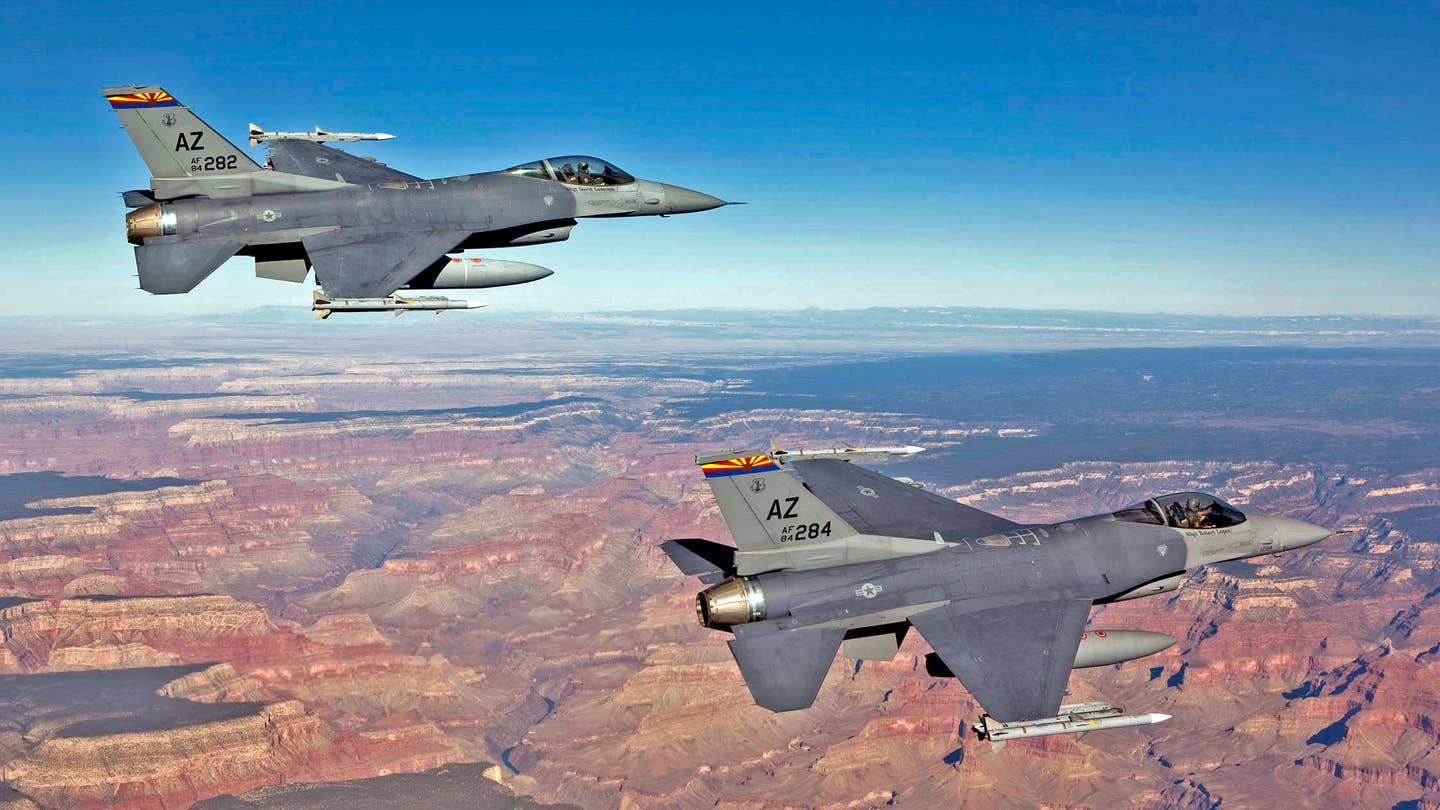
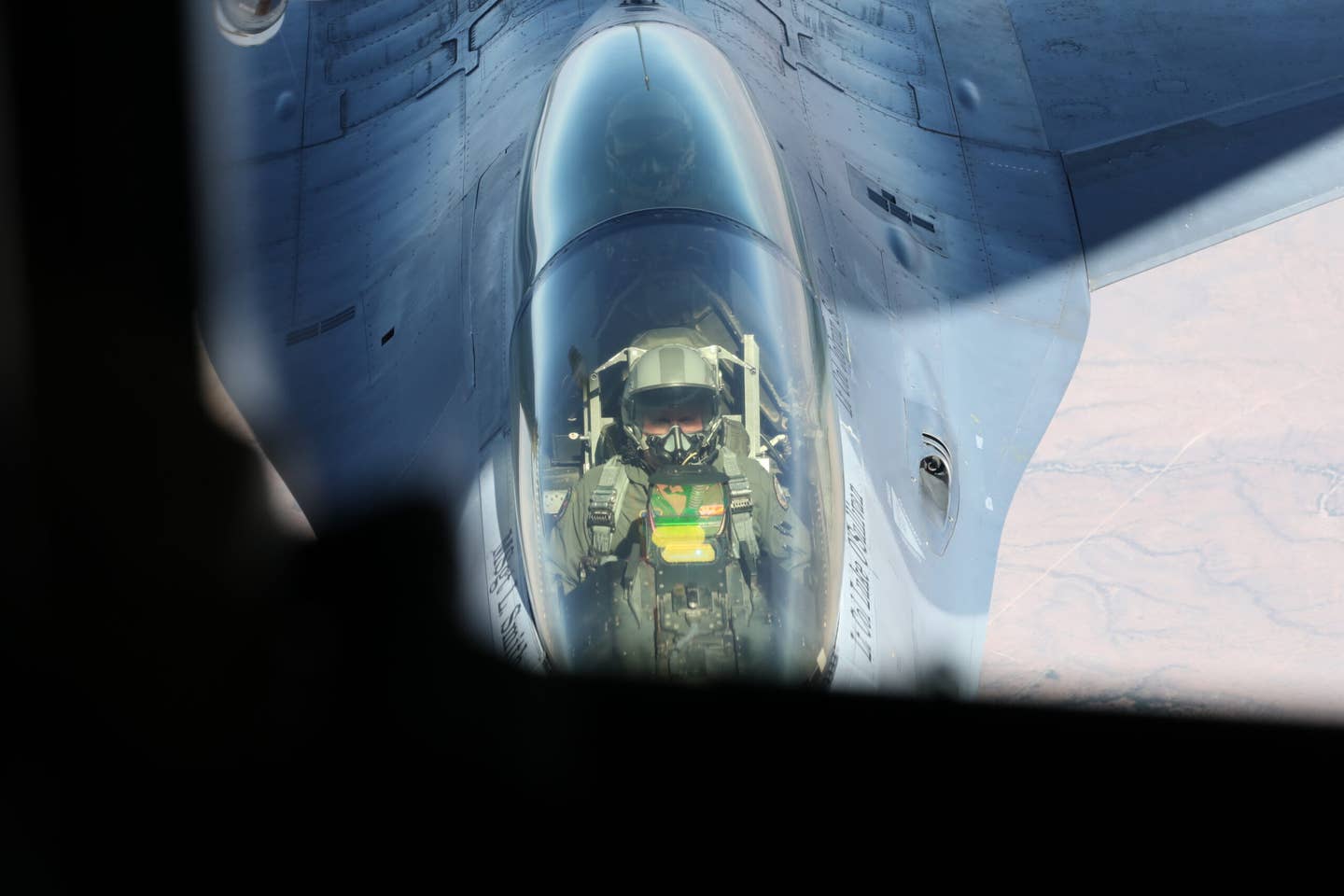

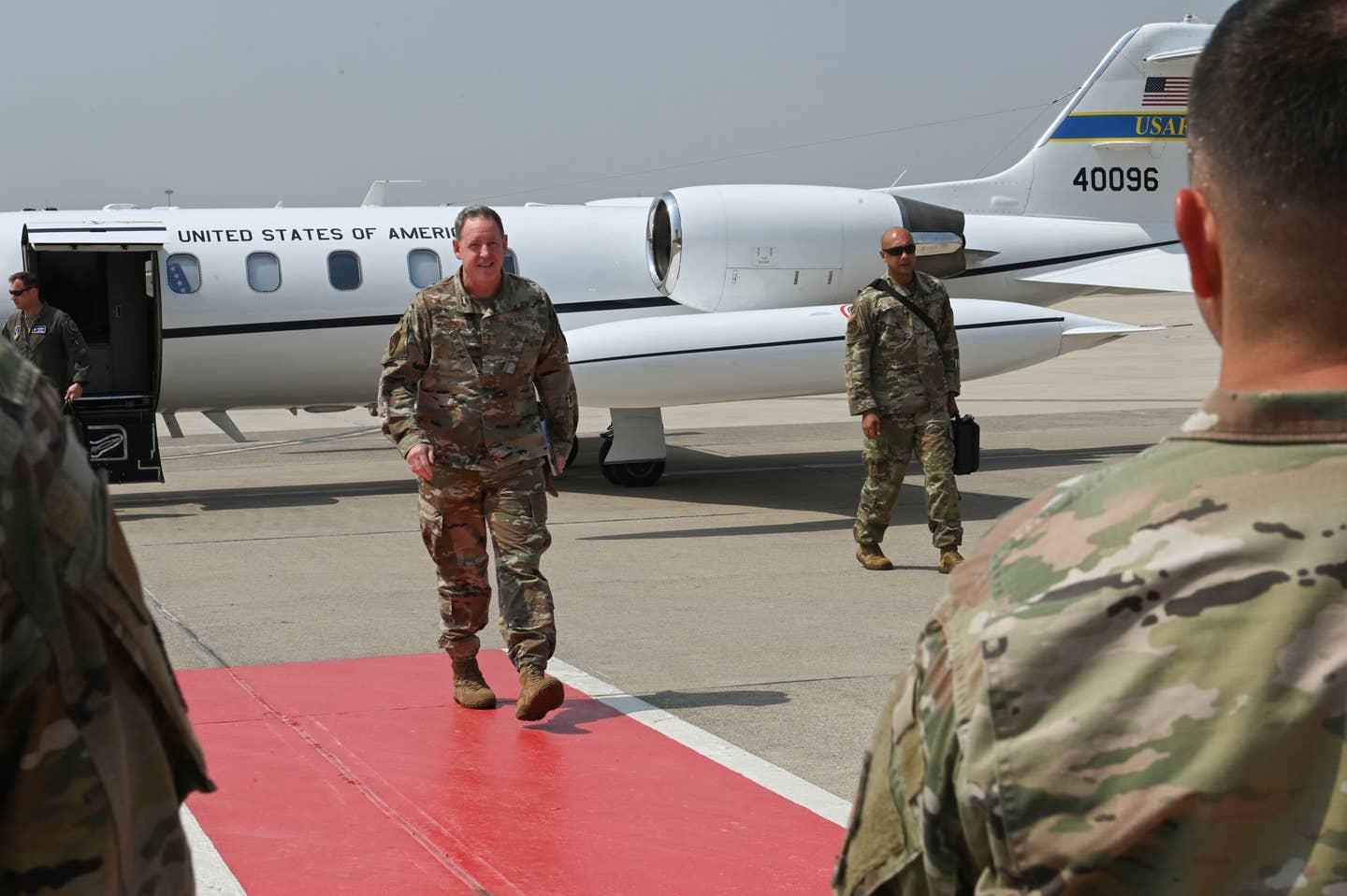
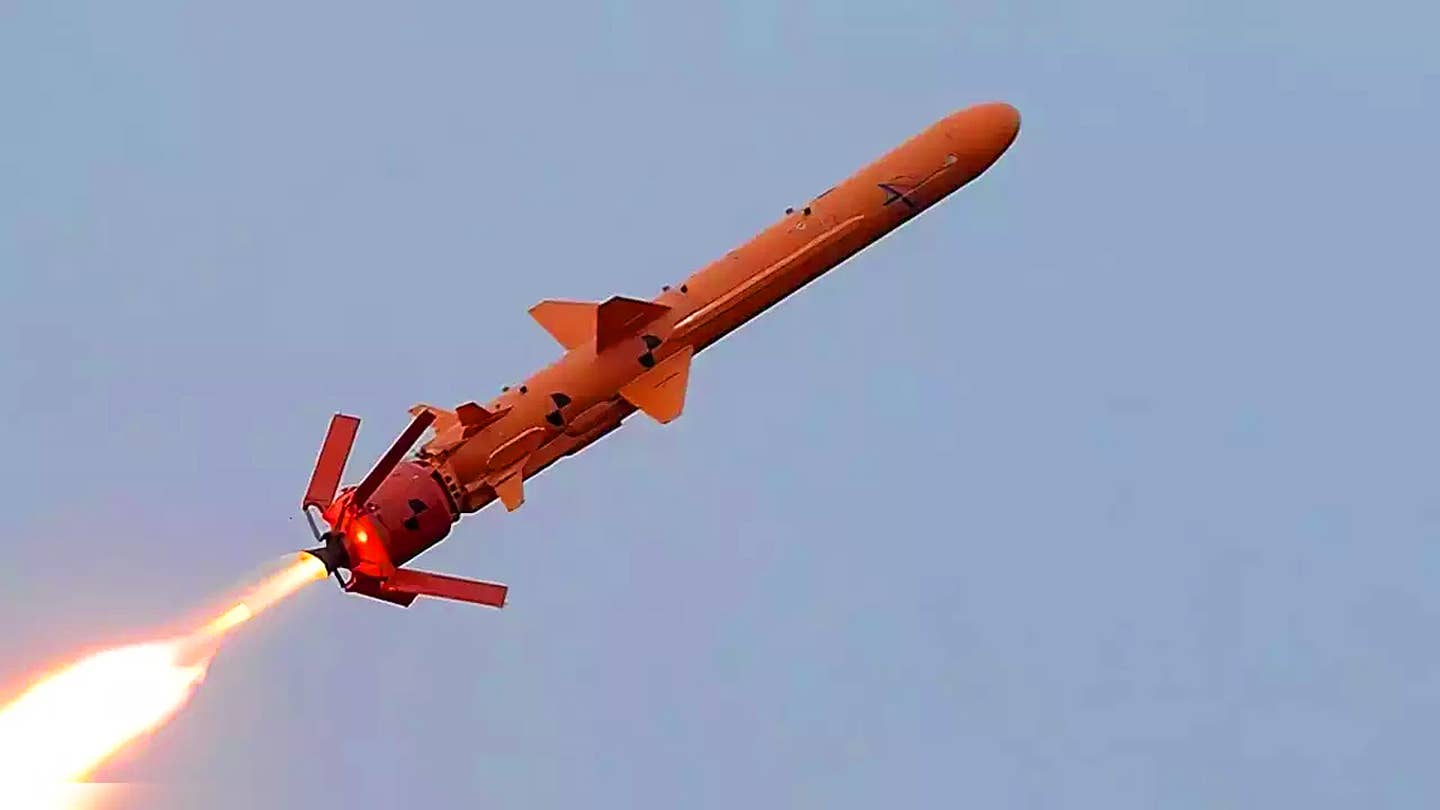
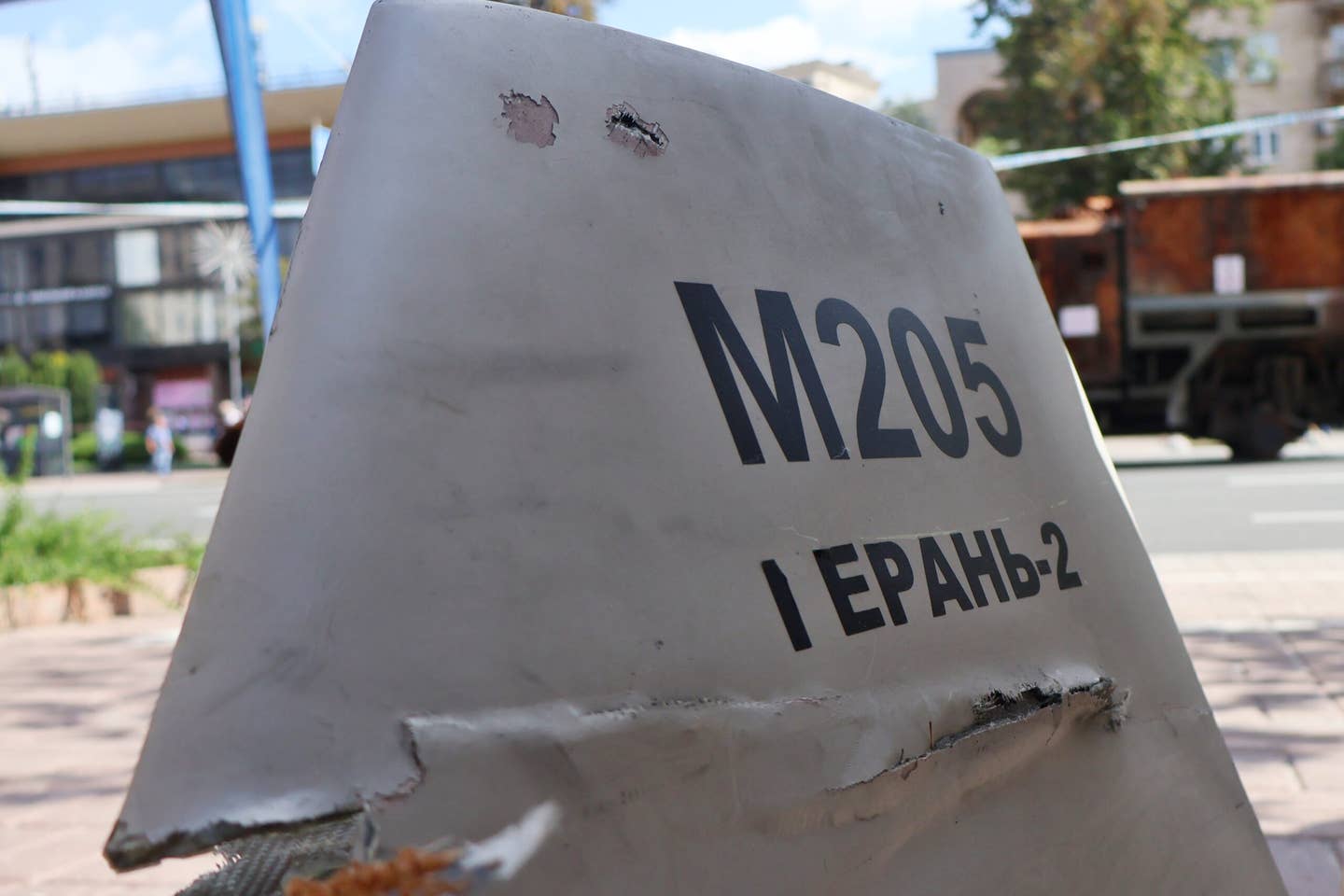


No comments:
Post a Comment